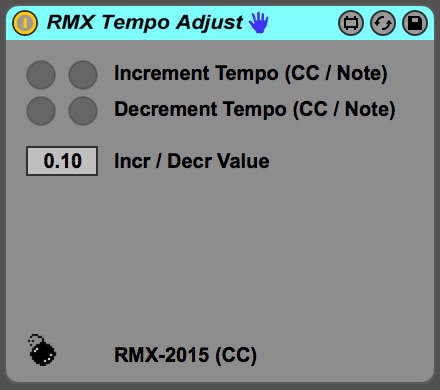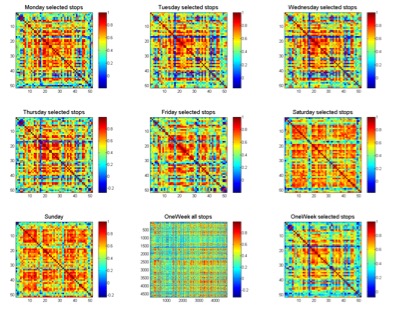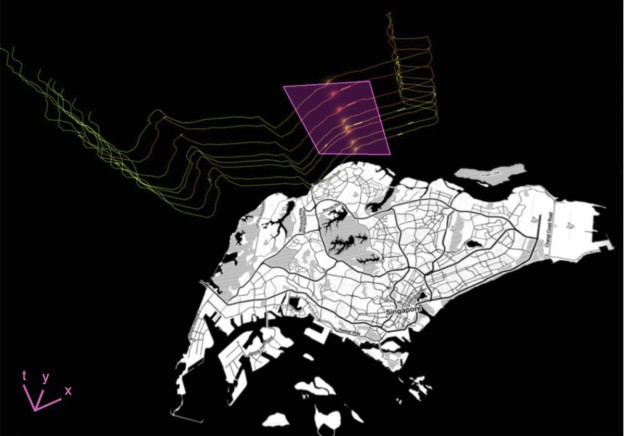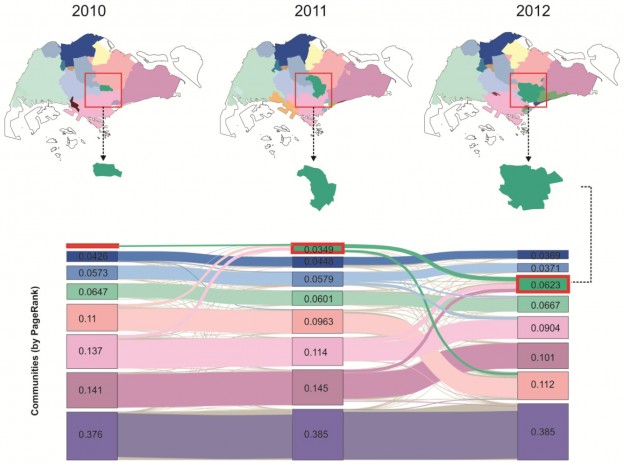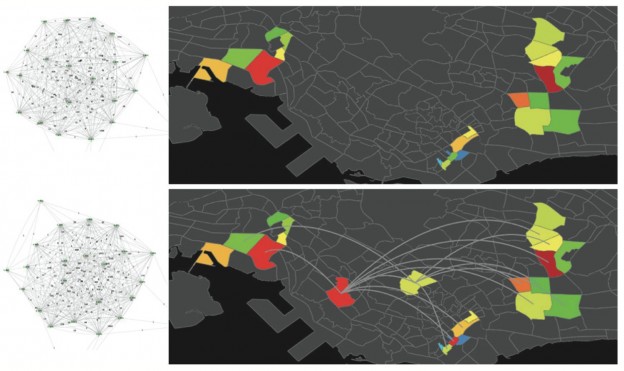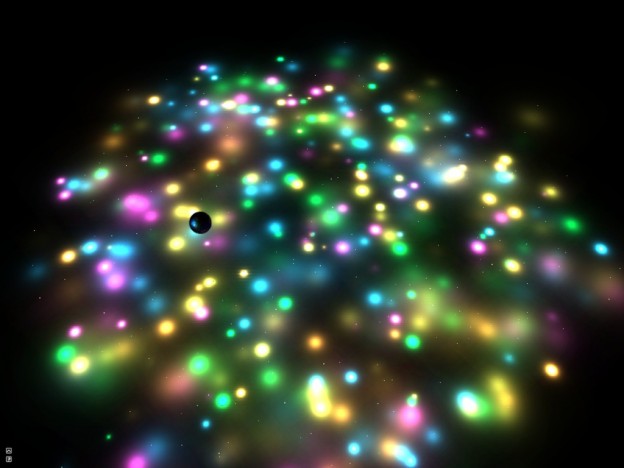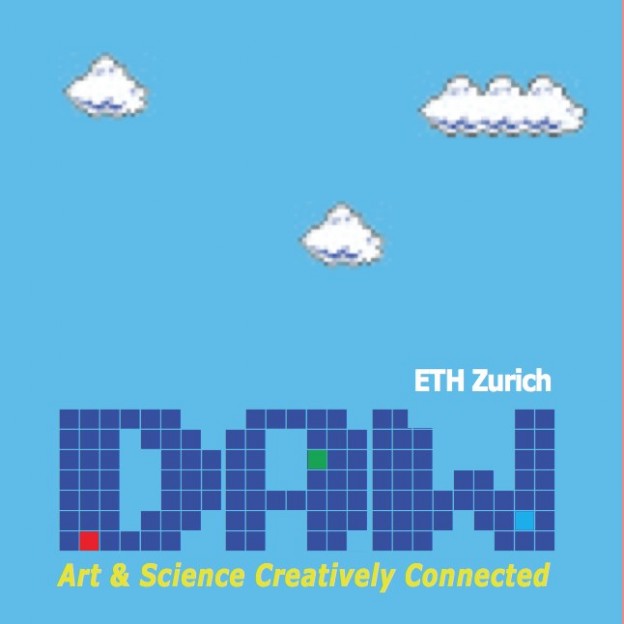Special Issue on Art/Science Hybrids. Journal of Professional Communication (JPC), Volume 3, Issue 2, 2013
http://digitalcommons.mcmaster.ca/jpc/
A collection of papers originally presented at Digital Art Weeks 2013 Singapore (DAW)
http://www.digitalartweeks.ethz.ch/
Editor in chief: Alex Sévigny, McMaster University
Guest editors: Steve Gibson, Faculty of Art, Design and Social Science, Northumbria University, Newcastle, UK and Stefan Müller Arisona, University of Applied Sciences and Arts Northwestern Switzerland FHNW / Future Cities Laboratory, ETH Zurich
The rise of new transdisciplinary practices in the late 20th and early 21st Centuries is striking. The gulf between art and science that has widened since the Enlightenment has now been challenged by a wide body of scholars, artists, designers and scientists. This special issue explores the concerns of emergent transdisciplinary research that seeks to re-unite the arts and sciences.
Table of Contents
Editorials
Preface to the JPC special issue on Art/Science Hybrids. Alex Sévigny
Art Into science/science into art. Steve Gibson
Iterative Emergence of Art/Science Hybrids. Stefan Müller Arisona, Pascal Mueller, Simon Schubiger, and Matthias Specht
Commentary
Augmenting science through art. Matthias Berger
Next nature: ‘nature caused by people’. Sue Thomas
Interview
Interview with George Legrady, chair of the media arts & technology program at the University of California, Santa Barbara. Stefan Müller Arisona
Research Articles
Art-science and verbal articulation in hyper-visual techno-culture. F. Scott Taylor
Theoretical aesthetics. Adam Tindale
Mapping art to systems thinking. Paul Goodfellow
The superhero and the DJ: Science meets design. Mikael Lindstrom, Farvash Razavi, and Nandi Novell
Social commentary through the transdisciplinary practice of audio-visual performance. Léon McCarthy
The digitization of music and the accessibility of the artist. Marius Carboni
Live programming for robotic fabrication. Jason Lim
Title: Art/Science Hybrids
Editor: Alex Sévigny
Guest Editors: Steve Gibson and Stefan Müller Arisona
Journal: Journal of Profession Communication
Year: 2013
Volume: 3(2)
Link: http://digitalcommons.mcmaster.ca/jpc/

